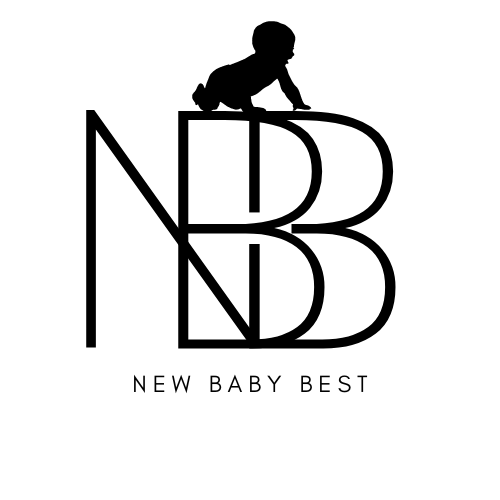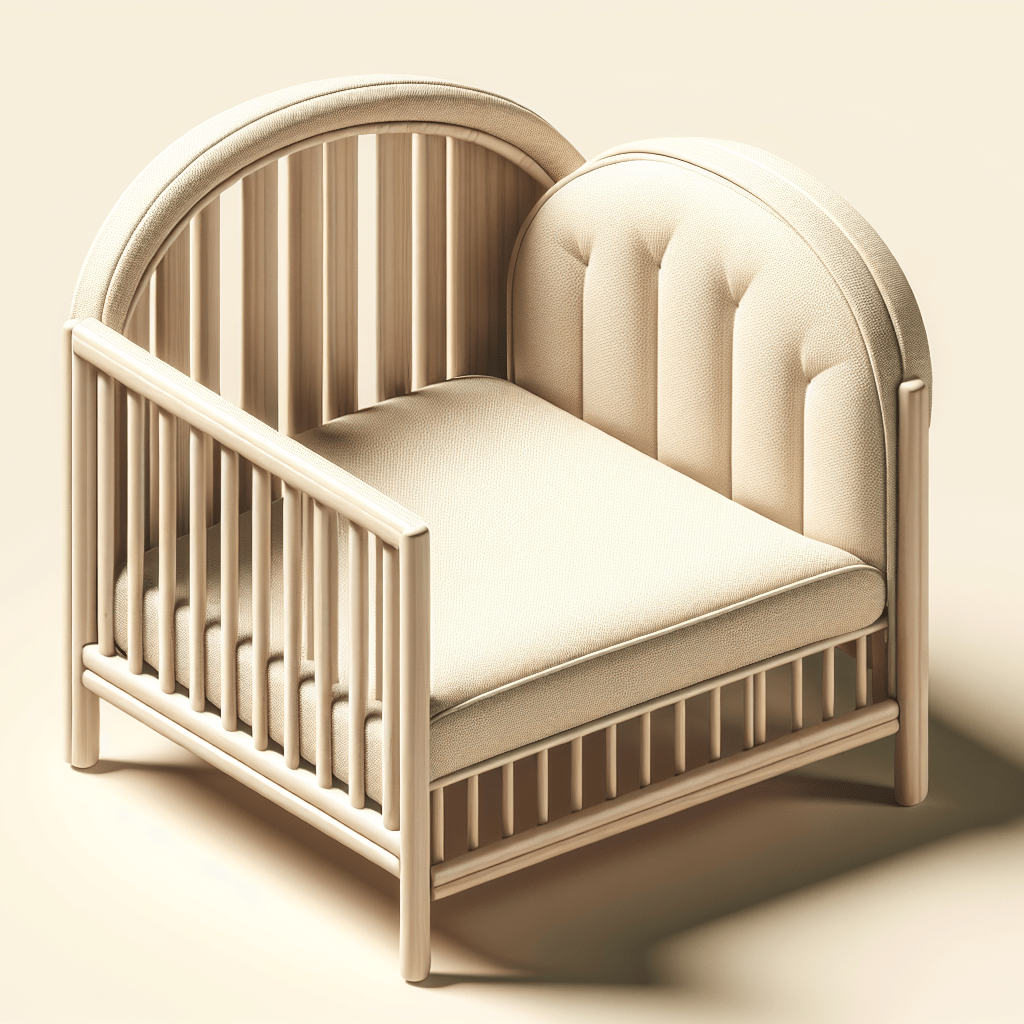Creating a safe sleep environment for your baby is crucial for their well-being and peace of mind for parents. From choosing the right crib to ensuring proper bedding, there are several factors to consider when it comes to keeping your little one safe during their slumber. In this article, we will explore essential tips and guidelines to help you create a secure and comfortable sleep space for your baby, promoting a good night’s rest and minimizing potential risks. So, let’s get started on this journey of creating a safe haven for your precious bundle of joy!
Choosing the Right Bed
Selecting a Crib or Bassinet
When it comes to choosing a bed for your baby, safety should be your top priority. Whether you opt for a crib or a bassinet, there are a few factors to consider. Cribs are a popular choice as they provide a safe and sturdy sleeping environment for infants. Bassinets, on the other hand, offer the advantage of being more compact and portable, which can be convenient for parents who want to keep their baby close by.
Checking for Safety Standards
Before purchasing a crib or bassinet, it’s crucial to ensure that it meets current safety standards. Look for certification labels, such as the Juvenile Products Manufacturers Association (JPMA) or Consumer Product Safety Commission (CPSC), as these indicate that the product has undergone rigorous testing to meet safety requirements. Additionally, make sure the bed is free from any recalls or safety concerns.
Choosing a Firm Mattress
To promote a safe sleep environment, it’s important to choose a firm mattress for your baby’s bed. This helps reduce the risk of suffocation or Sudden Infant Death Syndrome (SIDS). A firm mattress offers the necessary support for your baby’s developing body and helps prevent them from sinking into a plush surface, which can be hazardous.
Avoiding Loose Bedding
When it comes to bedding, simpler is safer. Avoid using pillows, blankets, or any soft items in your baby’s bed, especially during the first year of life. These items can pose a suffocation risk and increase the chances of SIDS. Instead, dress your baby appropriately for the temperature and consider using a sleep sack or wearable blanket to keep them snug and comfortable without the need for loose bedding.
Using a Crib Tent
For some curious and adventurous babies, a crib tent can be a good investment. A crib tent is a mesh cover that fits securely over the crib, preventing the baby from climbing out or falling out of the crib during their explorations. This can provide added peace of mind for parents, especially as their little one becomes more mobile.
Positioning the Bed
Placing the Bed in Your Bedroom
To ensure the safety and well-being of your baby, it is recommended to place their bed in your bedroom for at least the first six months. This practice, known as room-sharing, has been shown to reduce the risk of SIDS. Having your baby close by not only allows you to easily monitor their sleep but also promotes bonding and provides a sense of security for your little one.
Avoiding Co-sleeping
While room-sharing is encouraged, it’s important to distinguish it from co-sleeping. Co-sleeping refers to sharing the same sleep surface, such as a bed, with your baby. This practice is not recommended due to the increased risk of accidental suffocation or entrapment. Instead, consider using a separate sleep space for your baby, such as a crib or bassinet placed next to your bed.
Using a Separate Sleep Space
Providing your baby with their own sleep space within your bedroom is a safe alternative to co-sleeping. Ensure that the crib or bassinet is placed away from any hazards, such as curtains or cords, and that it meets safety standards. Having a separate sleep space allows your baby to have their own comfortable area while still being in close proximity to you.
Creating a Comfortable Sleep Area
Maintaining the Right Temperature
Keeping the sleep area at a comfortable temperature is crucial for a good night’s sleep. The ideal room temperature for a baby is around 68 to 72 degrees Fahrenheit (20 to 22 degrees Celsius). Avoid overheating the room, as this can increase the risk of SIDS. Dress your baby appropriately for the temperature and consider using a sleep sack or lightweight blanket to keep them comfortable without overheating.
Ensuring Sufficient Ventilation
Proper ventilation in the sleep area is essential to ensure fresh air circulation and prevent overheating. Make sure the room has adequate airflow by opening windows or using fans, if necessary. However, be cautious not to place the crib or bassinet directly under a ceiling fan or in a drafty area, as this can cause discomfort for your baby.
Using a Sleep Sack
A sleep sack, also known as a wearable blanket, can be a safe and cozy option for keeping your baby comfortable while they sleep. Sleep sacks provide a secure alternative to traditional blankets, eliminating the risk of suffocation or entanglement. Choose a sleep sack appropriate for the season and your baby’s age, making sure it fits properly and doesn’t restrict their movement.
Avoiding Overheating
Overheating can be dangerous for your baby, so it’s important to take steps to prevent it. In addition to maintaining the right temperature and using a sleep sack, dress your baby in light, breathable clothing. Avoid covering their head while they sleep and ensure that the sleep area is free from excessive bedding or plush items that could cause them to overheat.
Keeping the Sleeping Area Safe
Avoiding Thick Bumpers or Pillows
Thick bumpers or pillows may seem cozy, but they pose a significant risk to your baby’s safety. Avoid using them in your baby’s sleep area, as they can increase the risk of suffocation or entrapment. Opt for a firm mattress and fitted crib sheet instead, ensuring a safe and secure sleeping environment for your little one.
Removing Toys and Soft Objects
Toys and soft objects may look cute in the crib, but they can pose serious safety hazards to your baby. Remove all loose items from the sleep area, including stuffed animals, pillows, and blankets. These objects can inadvertently cover your baby’s face and obstruct their breathing. It’s better to keep the sleep area free from any potential hazards.
Using a Safe Night Light
A safe night light can provide a comforting glow in the room without disrupting your baby’s sleep. Look for a night light specifically designed for nurseries that uses low-wattage bulbs and emits a soft, diffused light. Avoid using night lights with cords that could pose a strangulation hazard and ensure the light is placed away from your baby’s reach.
Keeping Cords and Wires Away
Cords and wires present a significant danger to your baby, as they can become entangled and pose a risk of strangulation. Ensure that electrical cords, window blind cords, and other potential hazards are kept securely out of your baby’s reach. Use cord organizers or safety devices to prevent accidents and regularly check the sleep area for any potential hazards.
Adopting Safe Sleep Practices
Placing the Baby on their Back
The safest sleep position for babies is on their back. Placing your baby to sleep on their back greatly reduces the risk of SIDS. Once your baby is able to roll over independently, you don’t need to reposition them onto their back, but initially, always place them on their back to sleep.
Avoiding Bed Sharing
While it may be tempting to bring your baby into bed with you, sleeping with your baby on the same surface is not recommended. Bed sharing significantly increases the risk of accidental suffocation, strangulation, and SIDS. Instead, establish a separate sleep space for your baby that meets safety standards and promotes a safe and independent sleep environment.
Using a Pacifier for Sleep
Using a pacifier during sleep can potentially reduce the risk of SIDS. If your baby takes to a pacifier, consider offering it to them at naptime and bedtime. However, if your baby doesn’t want to use a pacifier, don’t force it. It’s important to note that pacifiers should not be attached to a string or clip, as this can pose a strangulation hazard.
Avoiding Smoke Exposure
Exposure to smoke, whether firsthand or secondhand, greatly increases the risk of SIDS and other respiratory problems in infants. Ensure that your baby’s sleep environment is smoke-free by not allowing anyone to smoke near your baby or in your home. If you or others in the household smoke, it’s crucial to do so outside away from your baby.
Creating a Consistent Bedtime Routine
Establishing a consistent bedtime routine can help signal to your baby that it’s time for sleep and promote healthy sleep patterns. A consistent routine could include activities such as a warm bath, reading a book, and dimming the lights. This routine helps prepare your baby for bed and can make the transition to sleep smoother and more predictable.
By following these guidelines for creating a safe sleep environment for your baby, you can rest assured knowing that you are providing them with the best possible conditions for a good night’s sleep. Remember to always prioritize safety, maintain a comfortable sleep area, and adopt safe sleep practices to promote healthy sleep habits and minimize any potential risks.

